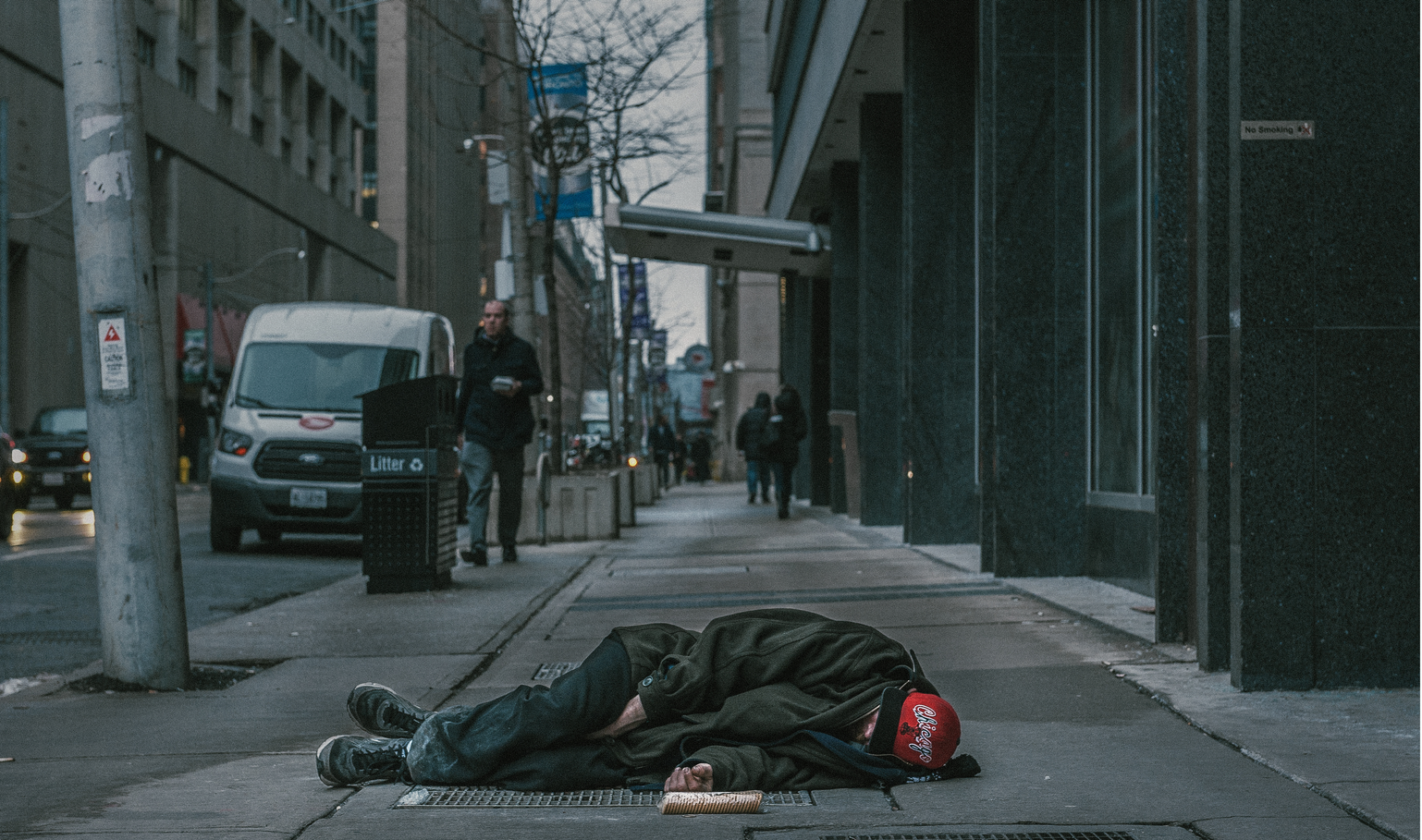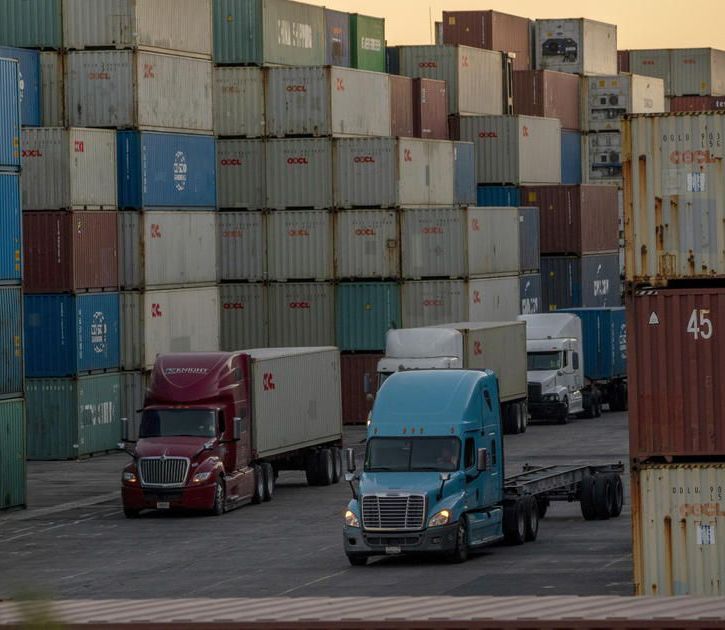49%
Pandemic Recession is projected to cause chronic homelessness to increase 49 percent in the United States.
8.3%
8.3% of New Mexico’s veterans live below the poverty line
50%
The three-year recidivism rate for New Mexico is about 50%.
80,000
Trucking industry is short 80,000 drivers
49%
Pandemic Recession is projected to cause chronic homelessness to increase 49 percent in the United States.
8.3%
8.3% of New Mexico’s veterans live below the poverty line
50%
The three-year recidivism rate for New Mexico is about 50%.
80,000
Trucking industry is short 80,000 drivers
Homeless and Unemployed
COVID-driven loss of jobs and employment income is expected to cause the number of homeless workers to increase each year through 2024. Over the next four years the current Pandemic Recession is projected to cause chronic homelessness to increase 49 percent in the United States. Most homelessness from the Pandemic Recession is projected to be in the form of couch surfing – 85 percent in the United States. Workers with the greatest risk of long-term unemployment and homelessness include African Americans, Latinos, young adults 18 to 24 years of age, women, and those with less than a four-year college degree. The odds of homelessness at any income level are twice as high for Latinos as they are for European Americans, and three times higher for African Americans. Because incomes skew lower for African Americans and Latinos than for European Americans, their risks are compounded. This reflects social hazards experienced by African Americans and Latinos including bias, discrimination and barriers in employment, housing, education, and the justice system. (**This echos the stress we place on loyalty. Refer to the section labeled Segments above.) Much like Substance Use Dependency (SUD), homelessness is largely caused by a cycle of generational poverty.
Despite the government enacting a Federal Eviction Moratorium (restricting evictions) during the pandemic, there was a 6-month delay in doing so which unfortunately allowed evictions to take place nationwide for those 6 months.
40% of all U.S. employers falsely believe that hiring the homeless is illegal. Stigmas like this largely contributes to the rising homeless population in states like New Mexico and the entire country. When it comes to job-searching, the obstacles are dire for the homeless with issues like the difficulty in landing a job without an address, the inability to afford housing without a job, low educational attainment levels, having young children with no access to child care, limited or no past work experience or marketable job skills, mental health or substance abuse problems, chronic health problems or disability, lack of access to transportation, bad credit (which can make both finding a job and a house difficult), and criminal history. Being homeless leaves a person exposed to the natural elements, crime (such as robbery and assault), and unfair legislation that makes it difficult for them to simply exist.
Per CDC guidelines (which included social distancing in indoor areas), homeless shelters were forced to turn a number of unsheltered and chronically homeless individuals away.

Homeless and Unemployed
COVID-driven loss of jobs and employment income is expected to cause the number of homeless workers to increase each year through 2024. Over the next four years the current Pandemic Recession is projected to cause chronic homelessness to increase 49 percent in the United States. Most homelessness from the Pandemic Recession is projected to be in the form of couch surfing – 85 percent in the United States. Workers with the greatest risk of long-term unemployment and homelessness include African Americans, Latinos, young adults 18 to 24 years of age, women, and those with less than a four-year college degree. The odds of homelessness at any income level are twice as high for Latinos as they are for European Americans, and three times higher for African Americans. Because incomes skew lower for African Americans and Latinos than for European Americans, their risks are compounded. This reflects social hazards experienced by African Americans and Latinos including bias, discrimination and barriers in employment, housing, education, and the justice system. (**This echos the stress we place on loyalty. Refer to the section labeled Segments above.) Much like Substance Use Dependency (SUD), homelessness is largely caused by a cycle of generational poverty.
Despite the government enacting a Federal Eviction Moratorium (restricting evictions) during the pandemic, there was a 6-month delay in doing so which unfortunately allowed evictions to take place nationwide for those 6 months.
40% of all U.S. employers falsely believe that hiring the homeless is illegal. Stigmas like this largely contributes to the rising homeless population in states like New Mexico and the entire country. When it comes to job-searching, the obstacles are dire for the homeless with issues like the difficulty in landing a job without an address, the inability to afford housing without a job, low educational attainment levels, having young children with no access to child care, limited or no past work experience or marketable job skills, mental health or substance abuse problems, chronic health problems or disability, lack of access to transportation, bad credit (which can make both finding a job and a house difficult), and criminal history. Being homeless leaves a person exposed to the natural elements, crime (such as robbery and assault), and unfair legislation that makes it difficult for them to simply exist.
Per CDC guidelines (which included social distancing in indoor areas), homeless shelters were forced to turn a number of unsheltered and chronically homeless individuals away.
Unemployed & Impoverished Veterans
New Mexico’s veteran population is 144,977 which is just under 10% of New Mexico’s total population. The unemployment rate among veterans is 5.1% with the highest rates of unemployment being amongst the younger veterans aged 18-44. 8.3% of New Mexico’s veterans live below the poverty line: as reported in 2019, the poverty level for a family of four is $25,100.(ibis.health.state.nm.us). Approximately 22,735 New Mexico veterans live in homes with one or more major problems of quality, crowding, or cost. Housing affordability is the greatest housing problem among veterans. Roughly 22.9% of New Mexico veterans pay too much for their housing with another 252 veterans being completely homeless.

Unemployed & Impoverished Veterans
New Mexico’s veteran population is 144,977 which is just under 10% of New Mexico’s total population. The unemployment rate among veterans is 5.1% with the highest rates of unemployment being amongst the younger veterans aged 18-44. 8.3% of New Mexico’s veterans live below the poverty line: as reported in 2019, the poverty level for a family of four is $25,100.(ibis.health.state.nm.us). Approximately 22,735 New Mexico veterans live in homes with one or more major problems of quality, crowding, or cost. Housing affordability is the greatest housing problem among veterans. Roughly 22.9% of New Mexico veterans pay too much for their housing with another 252 veterans being completely homeless.
The Struggle of the Ex-Offender
When formerly incarcerated people do land jobs, they are often the most insecure and lowest-paying positions. According to an analysis of IRS data by the Brookings Institution, the majority of employed people recently released from prison receive an income that puts them well below the poverty line.
Our data suggests that, in combination with a criminal record, race and gender play a significant role in shaping who gets access to good jobs and livable incomes. Almost all employed formerly-incarcerated white men (the group most likely to be employed) work in full-time positions, whereas Black women (the group least likely to be employed) are overrepresented in part-time and occasional jobs.
Recidivism is the tendency of a convicted criminal to repeat or reoffend a crime after already receiving punishment or serving their sentence (relapsing but for criminals). The United States has some of the highest recidivism rates in the world. According to the National Institute of Justice, almost 44% of criminals released return before the first year out of prison. Factors contributing to recidivism include a person’s social environment and community, their circumstances before incarceration, events during their incarceration, and, one of the main reasons, difficulty adjusting back into normal life. Recidivism affects everyone: the offender, their family, the victim of the crime, law enforcement, and the community overall. Furthermore, taxpayers are impacted by the economic cost of crime and incarceration as the average per-inmate cost of incarceration in the U.S. is $31,286 per year. The three-year recidivism rate for New Mexico is about 50%.

The Struggle of the Ex-Offender
When formerly incarcerated people do land jobs, they are often the most insecure and lowest-paying positions. According to an analysis of IRS data by the Brookings Institution, the majority of employed people recently released from prison receive an income that puts them well below the poverty line.
Our data suggests that, in combination with a criminal record, race and gender play a significant role in shaping who gets access to good jobs and livable incomes. Almost all employed formerly-incarcerated white men (the group most likely to be employed) work in full-time positions, whereas Black women (the group least likely to be employed) are overrepresented in part-time and occasional jobs.
Recidivism is the tendency of a convicted criminal to repeat or reoffend a crime after already receiving punishment or serving their sentence (relapsing but for criminals). The United States has some of the highest recidivism rates in the world. According to the National Institute of Justice, almost 44% of criminals released return before the first year out of prison. Factors contributing to recidivism include a person’s social environment and community, their circumstances before incarceration, events during their incarceration, and, one of the main reasons, difficulty adjusting back into normal life. Recidivism affects everyone: the offender, their family, the victim of the crime, law enforcement, and the community overall. Furthermore, taxpayers are impacted by the economic cost of crime and incarceration as the average per-inmate cost of incarceration in the U.S. is $31,286 per year. The three-year recidivism rate for New Mexico is about 50%.
The Strain on the Supply Chain
The supply chain is currently operating at a deficit as the market currently has over 80,000 truck drivers vacancies and with more retiring every year, that number is expected to double by 2030. As part of a new plan recently announced by the presidential cabinet, ports will be permitted to reallocate millions in funding to convert existing inland facilities into temporary container yards to help ships offload cargo more quickly.
While the current “employable work-force” is unwilling to drive for larger companies because of work conditions, treatment, and lackluster pay, C&C is attacking a serious bottle-neck issue with the hands of the “unemployable work-force”. While most trucking companies claim that “there are not enough young people to replace those aging out of the workforce”, C&C will be busy helping the “unemployable” become certified, expertly and thoroughly trained, and closer and closer to financial stability & further from the threshold of poverty.

The Strain on the Supply Chain
The supply chain is currently operating at a deficit as the market currently has over 80,000 truck drivers vacancies and with more retiring every year, that number is expected to double by 2030. As part of a new plan recently announced by the presidential cabinet, ports will be permitted to reallocate millions in funding to convert existing inland facilities into temporary container yards to help ships offload cargo more quickly.
While the current “employable work-force” is unwilling to drive for larger companies because of work conditions, treatment, and lackluster pay, C&C is attacking a serious bottle-neck issue with the hands of the “unemployable work-force”. While most trucking companies claim that “there are not enough young people to replace those aging out of the workforce”, C&C will be busy helping the “unemployable” become certified, expertly and thoroughly trained, and closer and closer to financial stability & further from the threshold of poverty.


